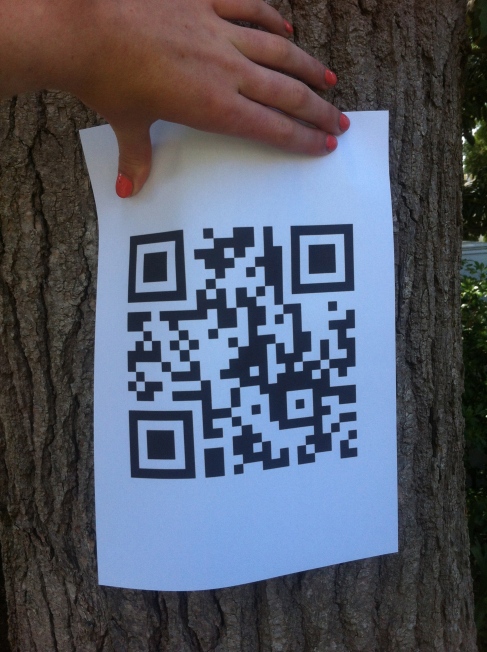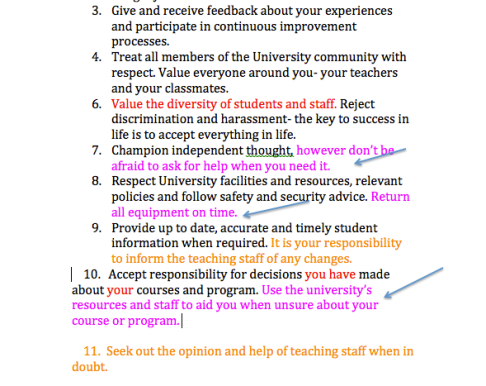The trailer for this movie was suspenseful and intriguing. The music contributes immensely to the work, from the beginning of the trailer I felt a bit nervous and did not know what to expect.
At first I thought it was going to be a horror type of movie, it seemed like they were going to be brutally murdered. Then it looked more like they were entering a cult. The introduction to the movie is done quite well, as the viewer is immediately hooked. What am I watching? Where is this going? It’s very intriguing and successful in that aspect. For all the suspense and seriousness, the handshake came as quite a surprise and was quite comical to me. But it still had me wondering, how did the man know the handshake so well? How long have they been preparing to come here? It makes the viewer realise that this is no accident, this journey is premeditated.
The story that is told by the girl is full of suspense as we don’t know what happened to her. I think the way the trailer is left is perfect, as it makes the viewer want to see more of the film. The girl is from 2054, how did she get here? What is she doing here?
This story is effective as it hooks the viewer in and leaves the audience asking questions that need to be answered.
Well, it’s safe to say I’m scared shitless after watching this, so it’s definitely done it’s job. I would never normally allow apps access to my information on Facebook, but because this was for uni I thought it would be fine. HA.
The clever way in which the creator has used personal information from Facebook to personally target the viewer is ingenious. It certainly highlights the slack privacy settings on Facebook, and also how flippant people are at allowing any sites/people access to their settings. I have no idea how they so quickly accessed my information and put it into the movie, but I am very impressed and very scared too! I’ll certainly think twice about allowing access to my Facebook information from now on, thanks to this movie.
I think this movie wasn’t as effective as the others, probably because it was amateur and shot on an iphone. The storyline was strong however, and the music added to the suspense of the piece. Once again the audience is forced to ask questions of the piece, who is Goldilocks? Why are all these people being shot? Why is her death being faked? It leaves the viewer wanting more, and at the end of the piece the viewer is encouraged to click a link to see the next episode. I think this is a successful and intriguing piece of storytelling.


